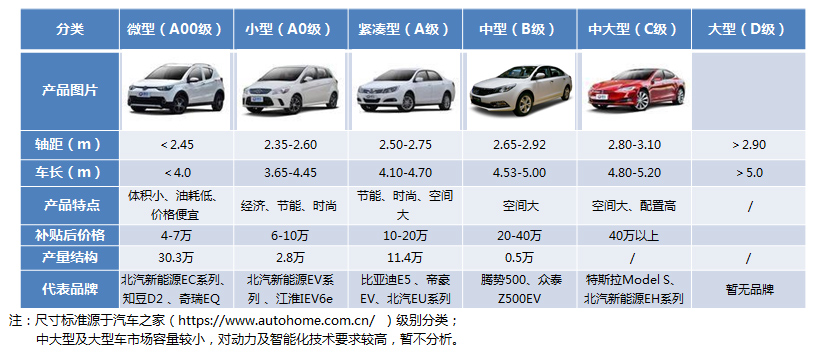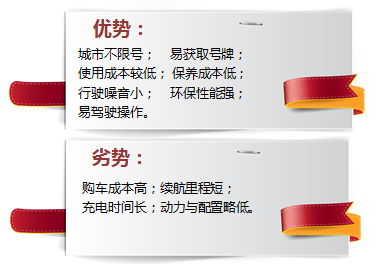The international automobile industry is developing rapidly and the market competition is becoming increasingly fierce. Since the beginning of the 21st century, with the rapid advancement of global industrialization and urbanization, it has had a serious impact on resources, energy and the environment worldwide. To this end, the development of new energy vehicles has gradually become an important measure for countries around the world to accelerate the transformation of transportation energy strategy and achieve low-carbon green development. Major auto countries such as the United States and Japan have introduced incentives such as financial subsidies, research and development grants, and infrastructure support. Major automobile multinational industries have also increased investment in research and development and industrialization. For example, General Motors, Nissan Motor Co., and Tesla Motors have successively launched different types of new energy products.
China will also vigorously develop new energy vehicles represented by pure electric vehicles, plug-in hybrid vehicles and fuel cell vehicles as an important way to realize the transformation of automobiles from large to strong. The “12th Five-Year National Strategic Emerging Industry Development Plan” issued by the State Council included new energy vehicles in one of the seven strategic emerging industries, in the “Energy Conservation and New Energy Vehicle Industry Development Plan (2012-2020)” It has pointed out the direction for the development of the new energy automobile industry. The overall layout of "Made in China 2025" also clarifies that the future automotive industry will focus on low carbonization, informationization, and intelligentization, and achieve sustainable development in three major directions: energy-saving vehicles, new energy vehicles, and intelligent network-linked vehicles. The following summarizes the current status of new energy passenger cars from three aspects: product definition, product classification and product characteristics.
Product definition
Pure electric vehicle definition: Pure electric vehicle refers to a passenger vehicle that uses the vehicle battery as the power output and drives the wheels with the motor to meet the requirements of road traffic, safety regulations and national standards. Pure electric vehicles (Battery Electric Vehicle, referred BEV), the source of all power is provided by the vehicle battery if the battery runs out, you can not travel, you need to charge it with the charge pile.
The development and reform industry [2017] No. 1055 "Improvement of the investment in automobile investment project management" subdivided the passenger car into two categories of cars and other passenger cars. Attachment 1 of the Order No. 37 of the Ministry of Industry and Information Technology of the Ministry of Industry and Commerce of the People's Republic of China, in the Regulations on Passenger Vehicle Production Enterprises and Product Access Management, stipulates that sports passenger cars, multi-purpose passenger vehicles and special passenger vehicles are considered to be Other types of passenger cars.
Product Categories
Product classification: According to the parameters of the wheelbase and body form of pure electric vehicles, the electric vehicles are divided into six categories: miniature, small, compact, medium, medium and large, and large. Refer to the German Volkswagen for the platform of the model, corresponding to the A00 level. , A0 level, A level, B level, C level, D level.

product features
The technical conditions of pure electric vehicles are relatively high, which meets the requirements of national passenger vehicle standards, and the technical differences of the three grades of high, medium and low grades are relatively large. The product configuration and technical conditions in the industry are quite different. At present, the overall level is guided by national policies.
The target user group mainly needs to use a car as a means of transportation for the needs of families or individuals in cities such as Beishangguangshen and Shenzhen, which are restricted by roads and limited number of restrictions. However, it is limited to the policy of purchasing fuel vehicles in the city. New energy vehicles come to get a local license or as a second car traveler. However, with the growth of the income of the third- and fourth-line population and the recognition of new energy electric vehicles, the development of the time-sharing rental market, low-cost pure electric vehicles are gradually welcomed in small cities.


In the near future, there will be more and more pure electric vehicles on the market.
















 RCCN WeChat QrCode
RCCN WeChat QrCode Mobile WebSite
Mobile WebSite